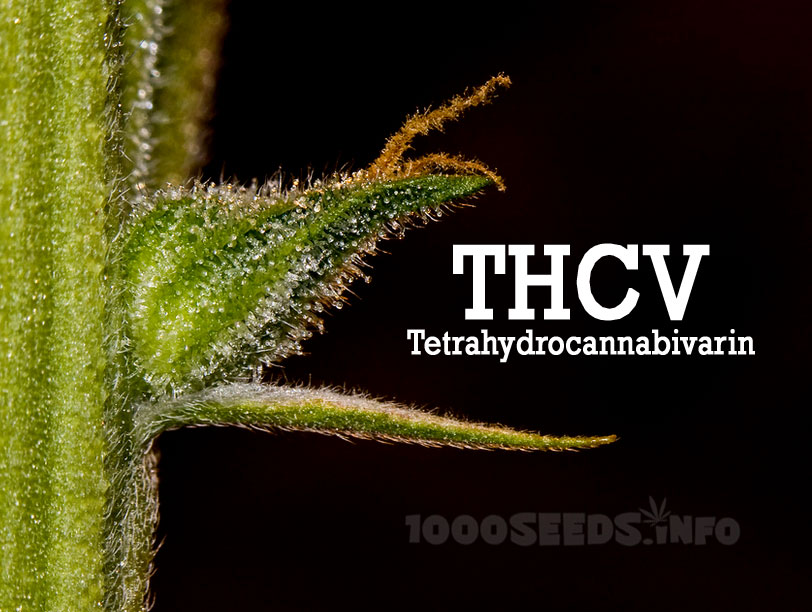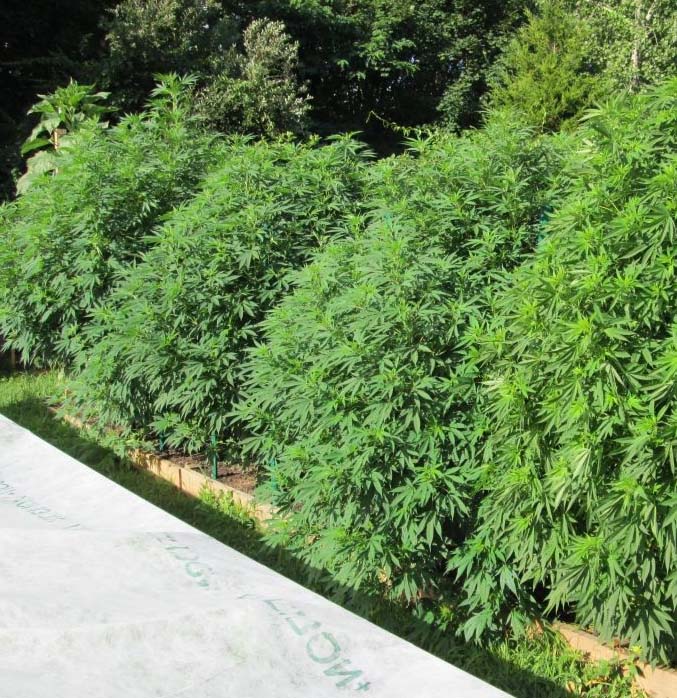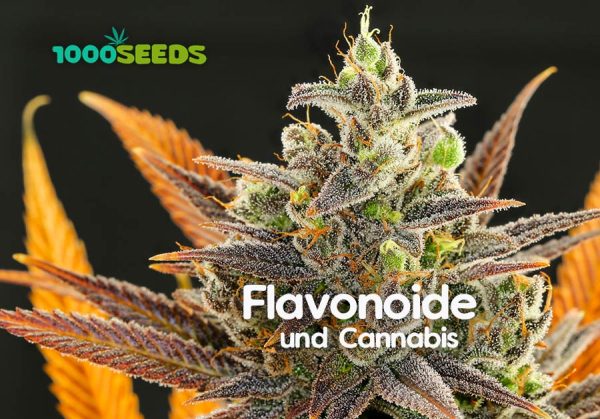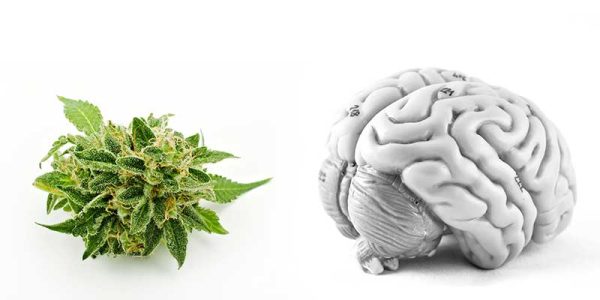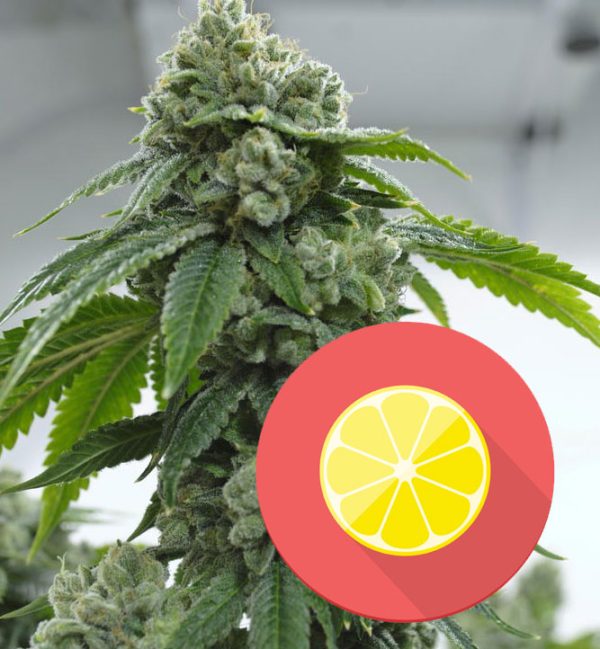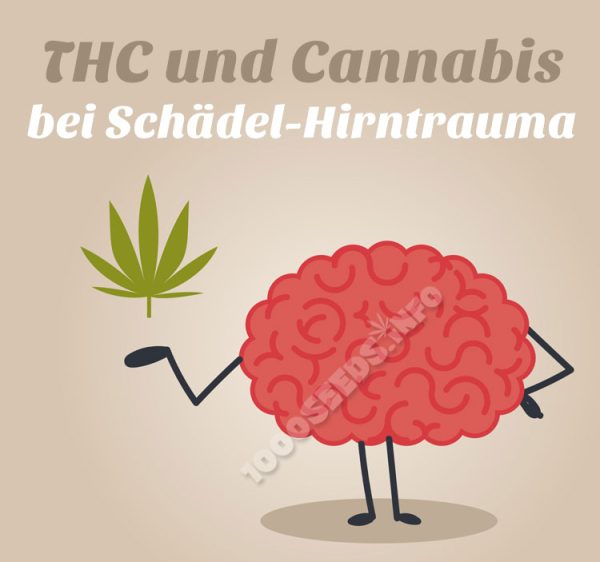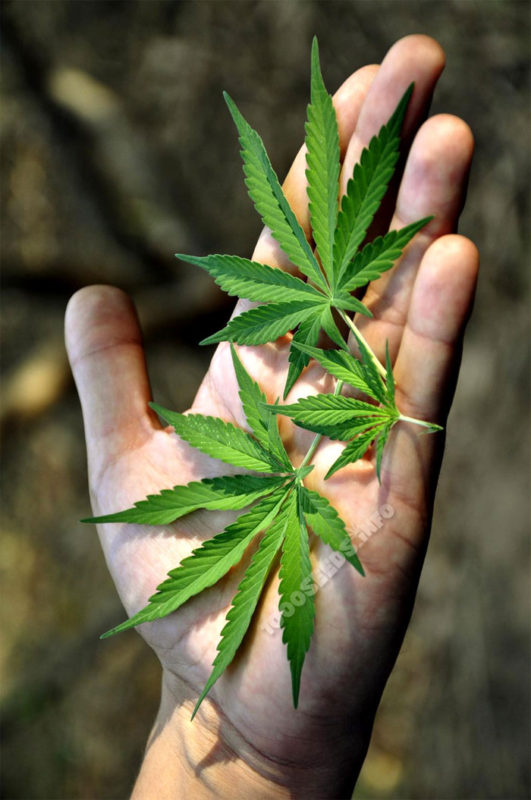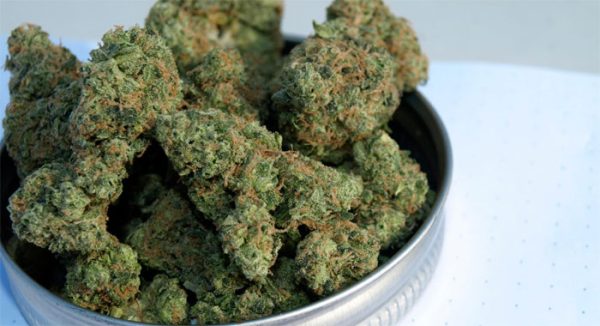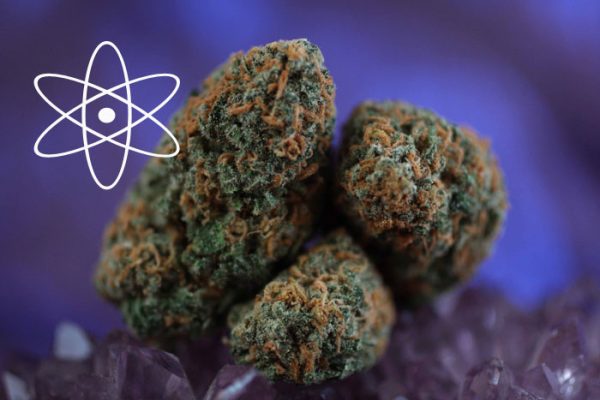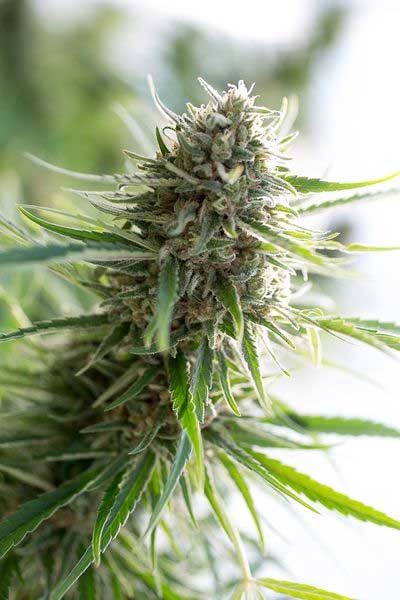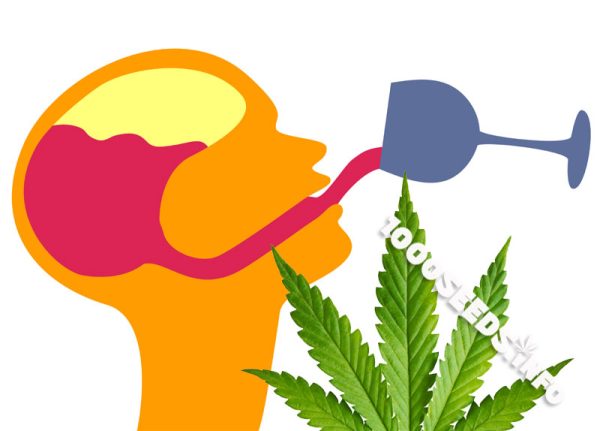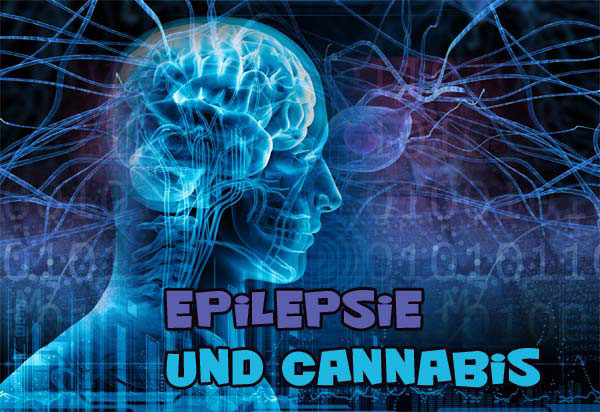What is tetrahydrocannabivarin (THCV) and how is it produced?
As the name suggests, tetrahydrocannabivarin (THCV) is very similar to the most famous cannabinoid, tetrahydrocannabinol (THC). The chemical structure of THC and THCV is almost identical, but their formation is different.
Unlike THC , cannabidiol (CBD) , and cannabichromene (CBC) , THCV does not start out as cannabigerolic acid (CBGA). Instead of combining with olivetolic acid to make CBGA, the geranyl phosphate combines with divarinoleic acid, which has two fewer carbon molecules. The result is cannabigerovaric acid (CBGVA). Once CBGVA is created, the process continues in the same way as with THC. CBGVA is turned into tetrahydocannabivarin carboxylic acid (THCV-A) by THCV synthase. From this point, THCV-A decarboxylates with heat or with UV light to produce THCV.
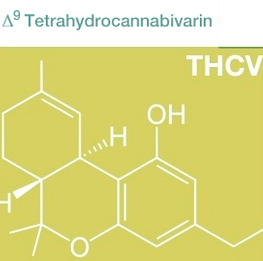 The relationship between THC and THCV is visible, among other things, in the effects. Although both cannabinoids target the same receptors, they do so in different ways. THCV is a Antagonist of the CB1 and CB2 receptors and is currently being studied as an effective appetite suppressant.
The relationship between THC and THCV is visible, among other things, in the effects. Although both cannabinoids target the same receptors, they do so in different ways. THCV is a Antagonist of the CB1 and CB2 receptors and is currently being studied as an effective appetite suppressant.
Marijuana makes you slim?
Why are cannabis users on average slimmer? Cannabis often leads to cravings for sweets or munchies. Researchers have already been able to find a connection between endocannabinoids and appetite. Based on the findings made in this context, scientists are interested in the potential of THCV in the fight against obesity.
How can marijuana users be thinner than non-users? A study published in the American Journal of Epidemilogy finds a fascinating link between marijuana use and body weight. It shows that obesity is lower in people who use cannabis at least three times a week compared to those who do not use cannabis. THCV is thought to block the rewarding sensations produced by food, especially in relation to unhealthy food. The researchers found that although cannabis smokers generally consume more calories than non-users, they paradoxically live with lower body mass index (BMI).
Researchers analysed data from 2 large surveys of the American population. Approximately 52,000 people were involved. The first surveys showed that 22% of all non-marijuana users were obese, while only 14% of those who used cannabis regularly were obese. A 2nd survey showed that 25% of all non-users were overweight, compared to only 17% of those who used marijuana regularly.
THCV hilft den Appetit zu zügeln. Man geht davon, dass auch dies einer der Gründe ist, warum Cannabis-Konsumenten durchschnittlich schlanker sind.THCV and the influence on type 2 diabetes
A study published in Nutrition & Diabetes in 2013 investigated insulin sensitivity in relation to THCV in a mouse model. It concluded that THCV does not significantly affect food intake or weight gain, but it does cause an early and transient increase in energy expenditure. Depending on the dose, it reduced glucose intolerance in (ob) mice and improved glucose tolerance and insulin sensitivity in DIO mice, without consistently affecting blood lipids. THCV also restores insulin signalling in insulin-resistant hepatocytes (liver cells) and myotubes (skeletal muscle cells). In summary, the study states that THCV represents a new potential treatment for obesity associated with glucose intolerance.
In 2007, GW Pharmaceuticals declared that THCV is safe for humans according to a clinical trial, and THCV is being further developed as a potential cannabinoid for the treatment of type 2 diabetics and related metabolic diseases, similar to the CB1 receptor antagonist rimonabant, a drug used to treat obesity but banned in the US due to its psychiatric side effects and also under criticism in Europe.
Other effects of THCV
THCV can not only help regulate obesity, but it also has anti-convulsant properties. Scientific studies have shown that THCV can lower the seizure threshold for people suffering from epilepsy. The result is fewer seizures.
THCV-rich strains are considered euphoric. Although THCV affects the same receptors in the brain as THC, it produces a different high. THCV is more mental, psychoactive and at the same time makes you clear-headed. THCV influences the effects of THC and causes it to be amplified and act much faster, on the other hand THCV is also thought to block certain effects of THC. The mutually reinforcing effects of the two cannabinoids probably explain the incredibly intense high of some strains. Many large sativas have high THCV levels. Especially African landraces have a (high) THCV content. For example, Durban Poison by Dutch Passion or Libertat by Cannamed . THCV itself is considered to be moderately psychoactive.
THCV and CBDV for nausea
Medical marijuana has become a common and widely used treatment for nausea. It is widely used against the side effects of chemotherapy, including the heart-damaging effects. Until now, there has been little information on where these effects come from. A recent study published in the British Journal of Pharmacology looked at the relationship between nausea and the two cannabinoids THCV and CBDV. Studies showed that THCV in particular, but also CBDV, can reduce nausea and at the same time regulate appetite. According to the latest findings, THCV is especially effective in combination with other cannabinoids such as THC and CBD.
THCV for panic attacks
In various Israeli studies, THCV has been found to block or reduce panic attacks while being effective for exhaustion and stress. THCV does not seem to affect any other feelings except those associated with "flight & fight".
THCV and bone growth
According to several studies, THCV stimulates bone growth and seems to have great medical potential in the treatment of ostheoporosis and similar diseases.
The Durban Poison by Dutch Passion with high THCV content
Originating from South Africa, this strain has been further optimised in Holland. It is pure, never hybridised and 100% sativa. Durban Poison produces large, long buds with plenty of resin. It smells like sweet liqueur or anise and has a Thai-like high. The amazing thing: The flowering time is between 8 and 9 weeks, very fast for a sativa. It is known for its high THCV content.
The Libertad of Cannamed
The effect of Libertad is sativa-typical euphoric, pure cerebral and stimulates creativity. Besides 15% THC and 0.06% CBN, it has a very high THCV content (0.8%), like some African landraces. With Libertad, Cannamed developed a medicinal cannabis strain that is mainly used for epilepsy, diabetes and obesity. It only flowers for about 9 weeks and delivers large, potent harvests.
The cannabinoid Δ9-tetrahydrocannabivarin (THCV) ameliorates insulin sensitivity in two mouse models of obesity. E T Wargent1, M S Zaibi1, C Silvestri2, D C Hislop1, C J Stocker1, C G Stott3, G W Guy3, M Duncan3, V Di Marzo2 and M A Cawthorne1, 1Clore Laboratory, University of Buckingham, Buckingham, UK, 2Endocannabinoid Research Group (ERG), Institute of Biomolecular Chemistry, Consiglio Nazionale delle Ricerche, Pozzuoli, Italy.
3GW Pharmaceuticals, Porton Down Science Park, Salisbury, UK, Correspondence: Professor M Cawthorne, Clore Laboratory, University of Buckingham, Hunter Street, Buckingham MK18 1EG.
<<mehr zum Thema Cannabis als Medizin>>
Medical disclaimer
The information on this website is for general information purposes only and is not to be equated with medical or legal advice. We do not wish to encourage anyone to consume or use drugs illegally. Please consult your doctor/health care provider before using any products/methods referenced or linked to on this website.






